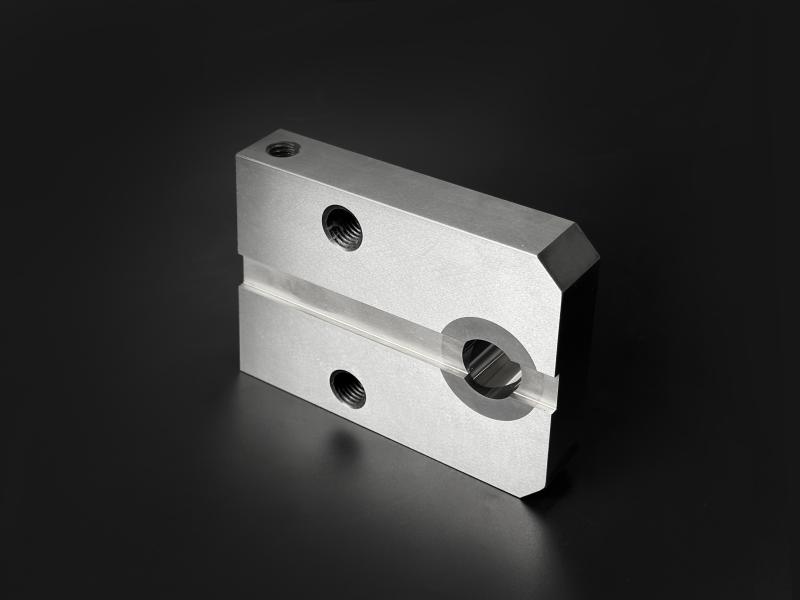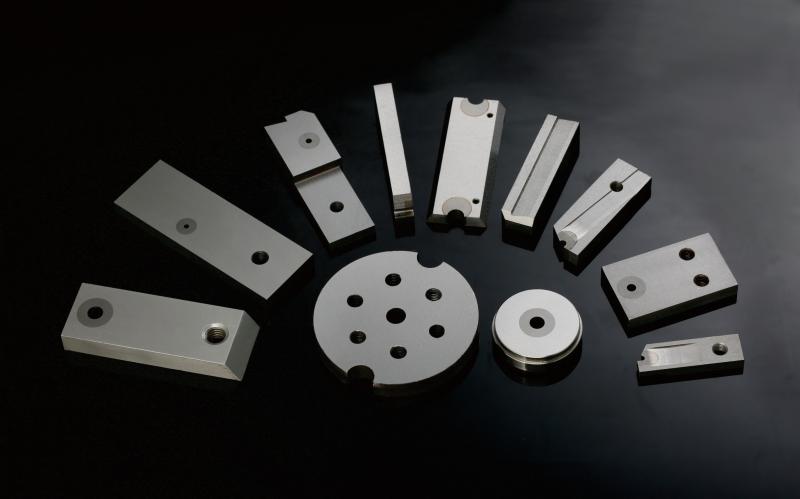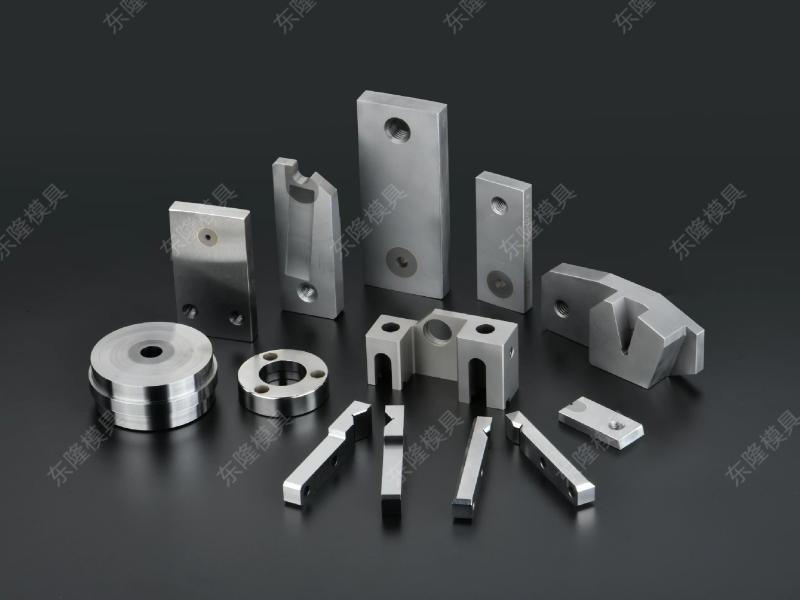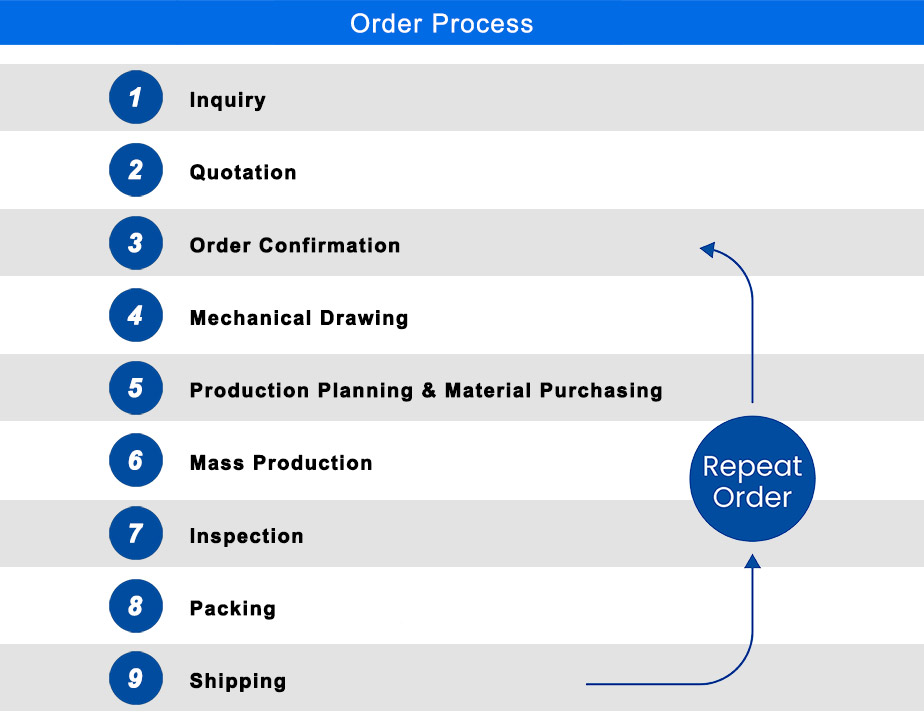 Cut Off Blades are essential tools used in various industries for cutting metal, plastic, wood, and other materials with precision and efficiency. These blades are designed to deliver clean, accurate cuts while ensuring durability and longevity, even in the most demanding cutting applications. In this product introduction, we will explore the key features, materials, and applications of Cut Off Blades, highlighting why they are a crucial tool for industrial cutting processes.
Cut Off Blades are essential tools used in various industries for cutting metal, plastic, wood, and other materials with precision and efficiency. These blades are designed to deliver clean, accurate cuts while ensuring durability and longevity, even in the most demanding cutting applications. In this product introduction, we will explore the key features, materials, and applications of Cut Off Blades, highlighting why they are a crucial tool for industrial cutting processes.
A cut off blade is a specialized cutting tool designed to slice through materials by applying rotational force at high speeds. These blades are typically used with cut off saws or other machinery to provide clean, precise cuts in a variety of materials, including metals, plastics, wood, and composites. Cut off blades come in various sizes and designs, tailored to meet the specific requirements of different industries.
High-Speed Cutting:Cut off blades are designed for high-speed operation, making them ideal for fast and efficient cutting. Whether it's metal cutting blades or cut off saw blades, the ability to cut at high speeds ensures that tasks are completed quickly, reducing downtime and increasing productivity.
Precision Cutting:Precision cutting blades offer fine, clean cuts, making them essential for applications requiring exact measurements and minimal material wastage. These blades are engineered to maintain accuracy even under high pressure and stress, ensuring high-quality results with every use.
Durability and Longevity:Cut off blades are built to last. Made from high-quality materials, such as tungsten carbide or diamond, these blades are designed to withstand the high forces and heat generated during the cutting process. Their durability allows for extended tool life, reducing the frequency of blade replacements and lowering operating costs.
Versatile Blade Materials:Depending on the cutting application, cut off blades are available in a range of materials to optimize performance. These include:
High-speed steel (HSS): Known for its resistance to heat and wear, suitable for general-purpose cutting.
Tungsten carbide: Provides superior hardness and resistance to wear, ideal for cutting hard metals.
Diamond-coated blades: Used for ultra-hard materials, such as concrete, stone, and certain metals.
Customizable Options:Many manufacturers offer custom cutting blades designed to fit specific cutting machines or tailored to the particular needs of a project. This customization can include adjustments in blade size, shape, and material to ensure the best performance for the task at hand.
Cut off blades are used in a wide range of industries, from construction and automotive to manufacturing and metalworking. Here are some of the most common applications:
Metalworking:One of the most common uses for metal cutting blades is in the metalworking industry, where they are employed to cut through various metals, including steel, aluminum, and copper. Cut off saw blades make it possible to cut metal bars, pipes, and sheets with precision, ensuring smooth edges and accurate dimensions.
Construction and Demolition:Diamond cut off blades are frequently used in construction and demolition for cutting concrete, brick, tile, and stone. These blades are engineered to handle tough, abrasive materials, providing clean cuts without excessive heat build-up or material cracking.
Automotive:In the automotive industry, cut off blades are essential for cutting through metal and composite materials used in car manufacturing and repair. Precision blades ensure the safety and integrity of the components being cut, whether it’s body panels, frames, or exhaust systems.
Woodworking:For woodworkers, cut off blades offer the ability to make clean, straight cuts in wood, plywood, and other wood-based materials. These blades help achieve precise dimensions and smooth edges, which is especially important for furniture production and cabinetry.
Plastic and Composites:Cut off blades are also widely used in the processing of plastic and composite materials. These blades can efficiently cut through thick sheets or intricate shapes, ensuring high-quality results in industries such as packaging, electronics, and construction.
Aerospace:In aerospace manufacturing, precision cutting is essential for creating components that meet strict industry standards. High-speed cutting with precision cutting blades allows manufacturers to cut aerospace materials, including metals and composites, to exact tolerances.


Safety Considerations
Protective Gear: Always wear appropriate safety gear such as goggles, gloves, and hearing protection when using cut off blades.
Proper Handling: Ensure the blade is properly mounted and secured before use. Follow the manufacturer’s instructions for safe operation.
Inspection: Regularly inspect the blade for signs of wear or damage and replace it as necessary to avoid accidents.
Maintenance and Care
Storage: Store blades in a dry, cool place to prevent damage and degradation.
Cleaning: Remove any debris from the blade after use and ensure it is free from rust and corrosion.
Sharpening: For blades that can be sharpened, follow recommended sharpening techniques to maintain cutting performance.

FAQ:
What are the main functions of Cut Off Blades?
Cut Off Blades are primarily used to cut a variety of hard materials such as metal, concrete, stone and plastic, providing precise and efficient cuts.
What materials are Cut Off Blade usually made of?
Cut Off Blades are typically made of abrasive materials such as aluminum oxide, silicon carbide, diamond, or cutting blades with carbide tips.
What is a diamond Cut Off Blade? What are its characteristics?
Diamond cutting blades are cutting tools with diamond particles, specialized for cutting hard materials such as granite, marble and concrete. It is characterized by high cutting efficiency and durability.
How to choose the right Cut Off Blade?
When choosing a Cut Off Blade, you need to consider the type of material to be cut, the size and thickness of the blade, and the type of abrasive used for the blade (e.g. diamond, silicon carbide) to ensure optimal performance.
How does the size and thickness of a Cut Off Blade affect its performance?
The size of the Cut Off Blade determines the depth of cut, while thickness affects cutting speed and blade durability. Thicker blades are typically more wear resistant, but may slow down the cutting speed.
What safety measures should I take when using a Cut Off Blade?
Goggles, gloves and earplugs should be worn when using a Cut Off Blade to ensure that the blade is properly installed and remains stable during use to avoid accidents caused by improper handling.
How to care and maintain the Cut Off Blades?
Cut Off Blades should be stored in a dry, cool place, cleaned regularly to remove residue, and inspected for wear or damage, replacing or repairing blades as necessary.
How long do Cut Off Blades usually last?
The life of a Cut Off Blade depends on how often it is used, the hardness of the material being cut and the quality of the blade. High-quality diamond blades usually last longer than abrasive blades under normal use.
What is the "continuous edge" design of a Cut Off Blade? What applications is it suitable for?
Continuous edge design cutting blades have a seamless cCut Off Blade and are suitable for cutting tile, stone and concrete as they provide a smoother cut.
How do I handle and store Cut Off Blades to avoid damage?
Cut Off Blades should be protected from moisture and direct sunlight and stored in specialized blade holders or packaging to prevent impact and other physical damage.
Cut Off Blade Product Information | |
Product Name | Cut Off Blade |
Brand Name | Donglong |
Place of Origin | Dongguan, Guangdong, China |
Specification | Customized on Request |
Customization | Material, size, shape, convex and concave marking, coating, laser engraving mark and packing are all customizable. |
Product Material | Carbide.ASP23 Vanadis.CPMRTXM4.SKD11SKD61HSSA2M2D2SUJ2.S45C.ect |
Standard | DIN ANSI BS JIS |
Tolerance | ±0.002mm |
Surface Treatment | TiCNTiN,Aitain,Ticrnnitriding Black oxygened Black coating etc available |
Polishness | Close to Ra0.2 Hardness Depends on material(HRC60~94) |
Hardness | Depends on material(HRC60~94) |
Shaping Mode | Grinding, wire cutting, EDM, cnc machining, cnc turning, cnc Milling |
Application | Machinery Parts and Molds |
Material for Core of Cut Off Blade | ||||||
Grade | WC+Other | Co | Grain Size | Density | Hardness | TRS |
(±0.5%) | (±0.5%) | (g/cm³) | (HRA)±0.5 | (N/mm²) | ||
KG5 | 88 | 12 | Medium | 14.31 | 88.3 | 340 |
KG6 | 86 | 14 | Medium | 14.12 | 87.3 | 320 |
EA65 | 82 | 18 | Coarse | 13.75 | 85 | 300 |
EA90 | 76 | 24 | Coarse | 13.22 | 82.8 | 270 |
ST6 | 85 | 15 | Coarse | 13.8 | 86 | 270 |
ST7 | 80 | 20 | Coarse | 13.4 | 85.3 | 270 |
VA80 | 80 | 20 | Coarse | 13.58 | 84 | 280 |
VA90 | 78 | 22 | Coarse | 13.39 | 82.5 | 240 |
VA95 | 75 | 25 | Coarse | 13.12 | 81.5 | 220 |
Material for Casing of Cut Off Blade | |||
Material | Hardness (HRC) | Features | Applications |
H13 | 59-61 | H13 is a chromium molybdenum hot work steel with exceptional hot hardness and abrasion resistance, general hardness, and toughness. | Used for extrusion dies, forging dies, stamping tools, etc. |
SKD11 | 58-61 | SKD11 tool steel has good wear resistance and size ability after heat treatment. | Used for tensile dies, cold extrusion dies, first punch holder, etc. |
SKD61 | 43-53 | SKD61 steel is a high-grade die casting die. It has heat shock resistance, heat deformation resistance, heat fatigue resistance. | Used for heat work dies, cold heading dies, second punch holders. |